
Where to start when buying an engagement ring?
Selecting an ideal engagement ring can be very stressful. You want it to be a surprise, personal, fitting, and practical to leave your partner shedding tears of joy. Add on to that if you don’t know the size of her finger, the stress can be doubled as you try every trick to know her size.
A lot of research goes into selecting the right engagement ring from knowing the diamond’s 4Cs (carat, cut, color, and clarity) and asking the dealer the right questions. Other concerns include choosing the right metal type for setting, fluorescence, sizing, and shape.
All these factors could be overwhelming for one individual. Kind of like trying to pick the best mobile casino. There might seem like so much to consider, but some choices are better than others, believe me!
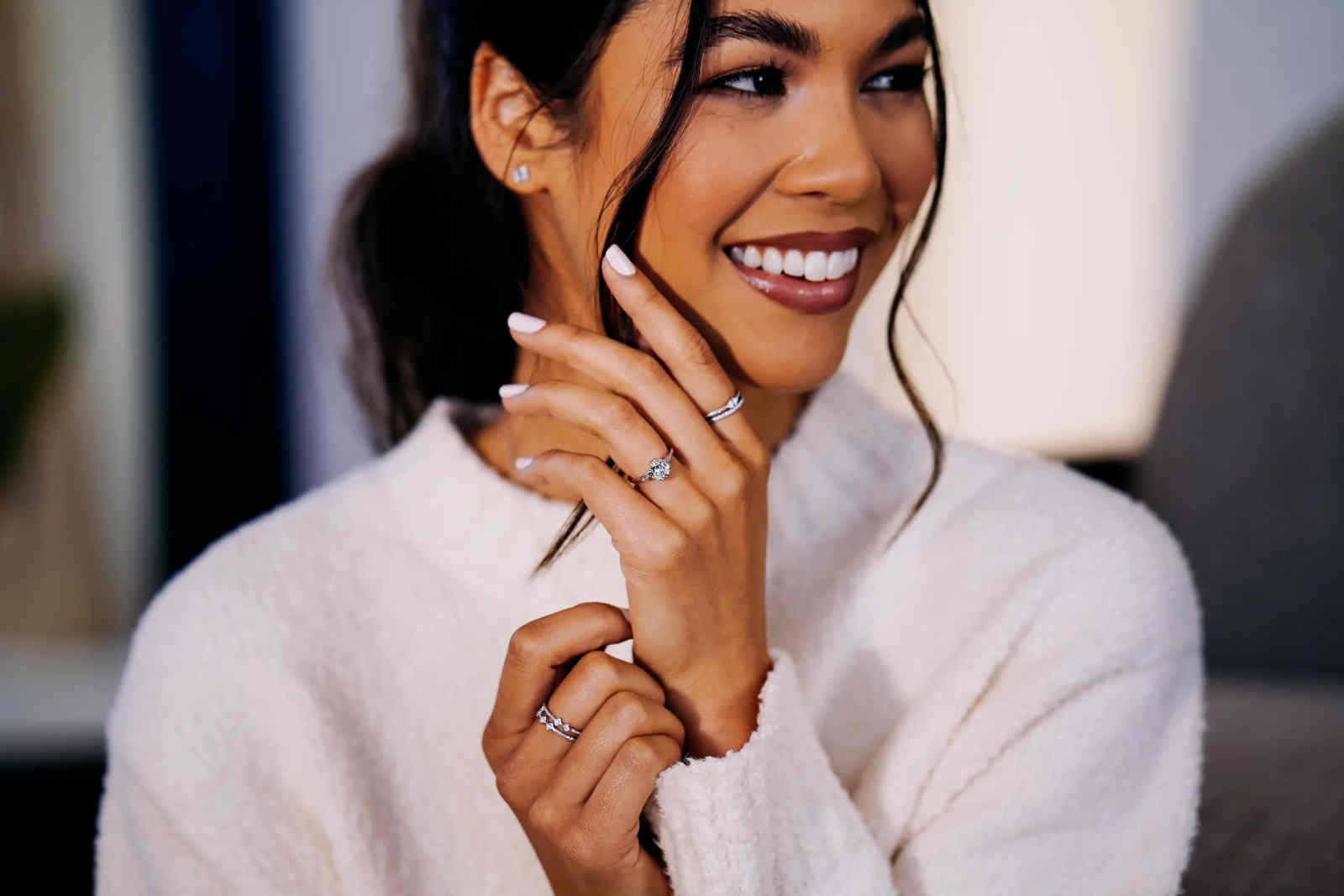
Most information on this subject is sometimes vague suggestions and inspirational ideas that are difficult to execute. Fortunately, we have you covered. You will realize that choosing and buying an engagement ring is not complicated. With the right approach, you will surprise your lover with a breathtaking ring they will cherish for years.
This article aims to provide you with a complete guide on how to purchase an engagement and a headache-free wedding ring.
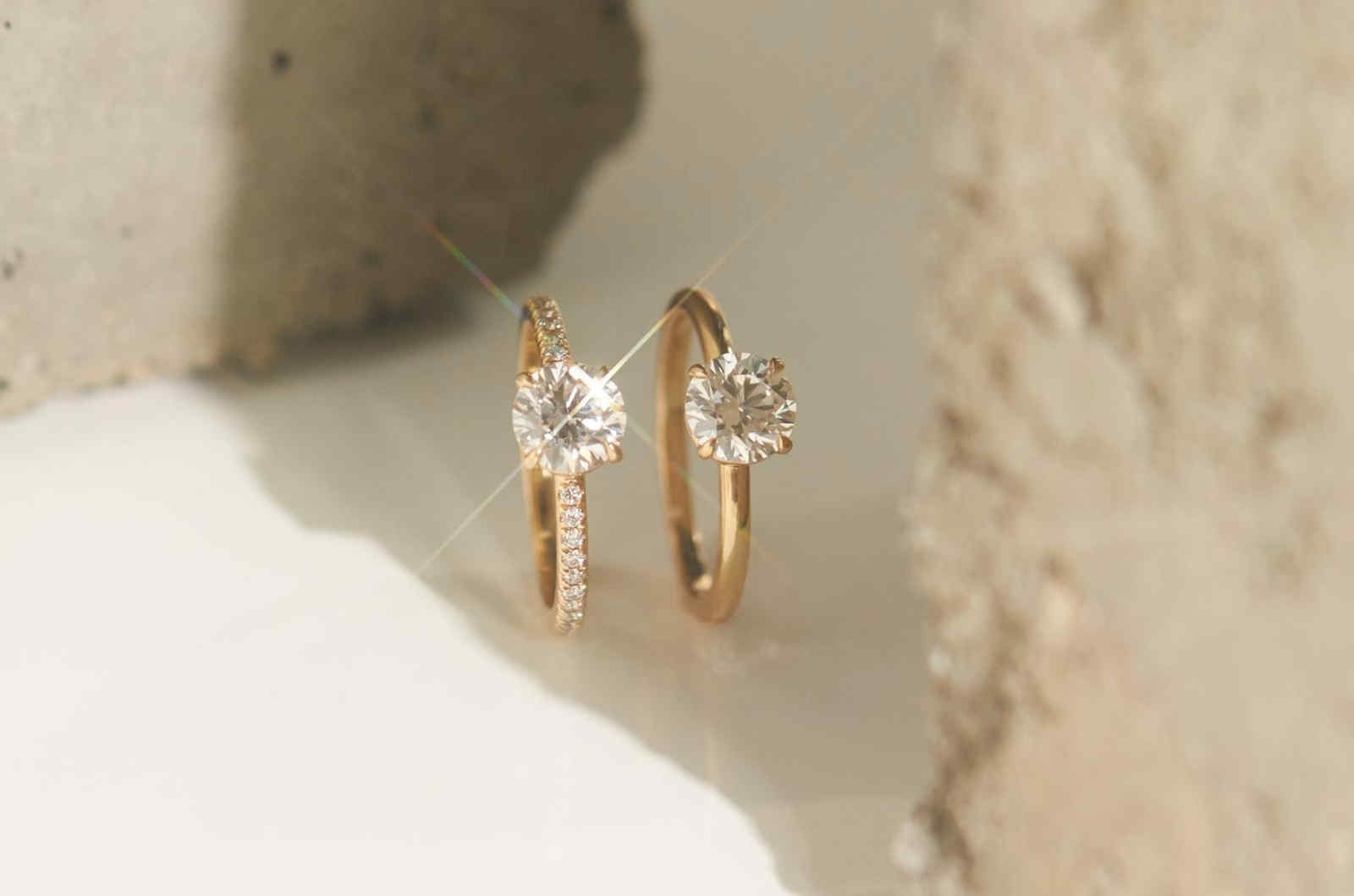
The 4Cs
As you begin your diamond search, you will often hear about the 4Cs. We are talking about color, cut, clarity, and carat weight. The 4Cs were developed by the Gemological Institute of America (GIA) as a universally acceptable way of determining diamond quality by jewelers globally.
Before buying a diamond, you need an understanding of the 4Cs since there are chances your jeweler will use them often.

1. Color
The GIA shows that a structurally perfect and chemically pure diamond is colorless like pure water, thus considered high in value. Therefore, the absence of color in a diamond makes it more valuable except if it is a fancy-colored one like the Pink Star.
The color scale for diamonds moves from D to Z, with the whitest being the D and the blackest being Z. Imperfections and nitrogen cause a change in color towards the Z mark in the stone. Note that the ring metal’s color will impact the stone’s appearance since diamonds reflect the ring band.
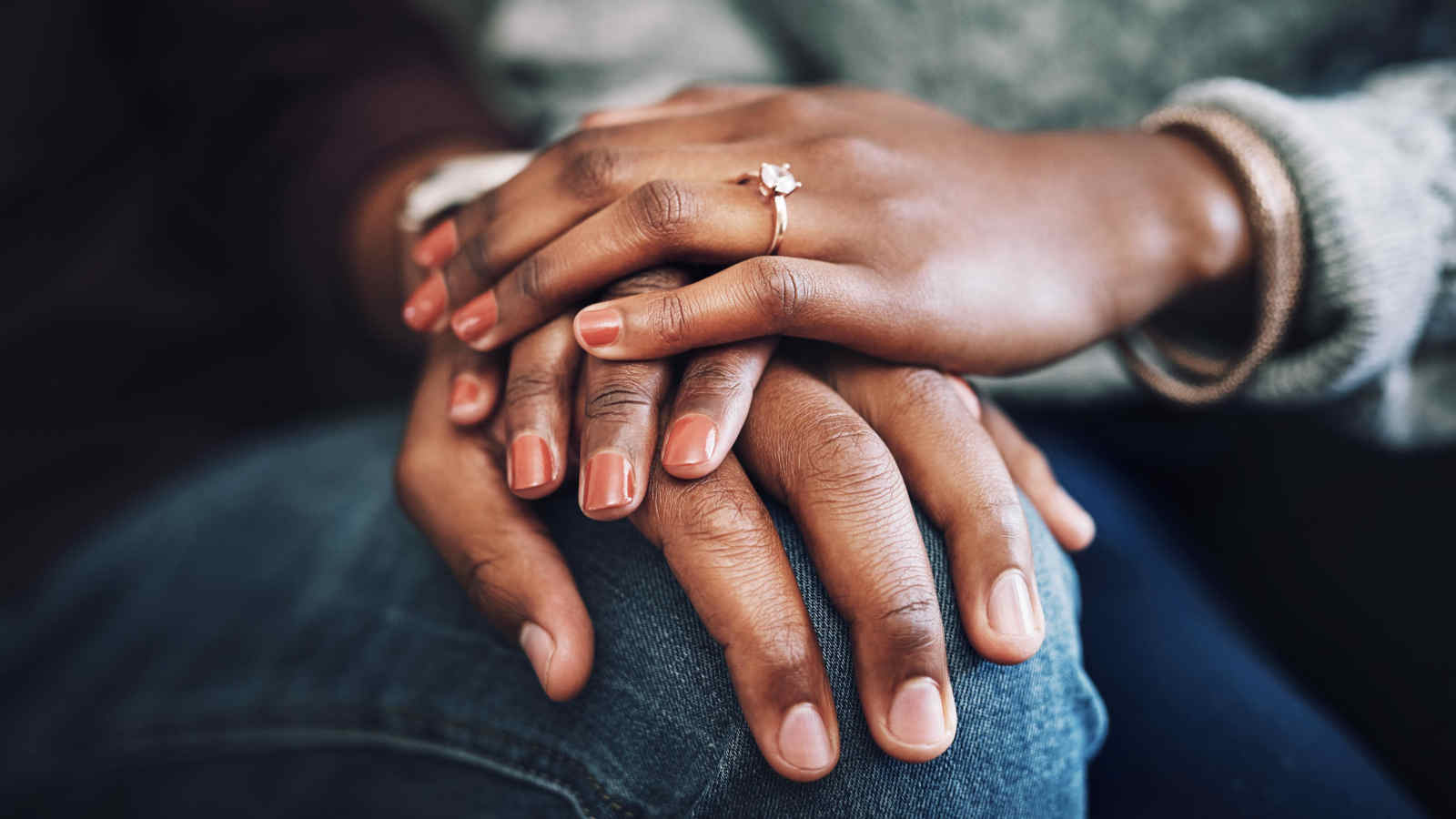
2. Clarity
Like the color, a diamond’s chemical composition determines its clarity. The GIA developed a measure for diamond clarity, starting from FL (flawless) to I3 (included). To accurately understand diamond clarity, you will need to know two vital definitions:
Inclusion- internal factors in the diamond affecting its clarity.
Blemishes- external factors affecting the diamond’s clarity.
The internal characteristics play an important role in the stone’s clarity, thus affecting its grading. The differences in grading are often invisible to the untrained eyes of the grader, but you can discuss them with your jeweler.

3. Cut
Many people wrongly believe that a diamond cut is purely the shape of the stone. However, it refers to the stone’s interaction with light. A properly cut diamond can maximize the light it transmits. This characteristic is also impacted by the stone’s symmetry, proportions, and polish.
The GIA has developed seven elements to grade diamond’s cut grading: brightness, scintillation, fire, weight ratio, durability, symmetry, and polish. The clarity grade rates diamond from poor, fair, good, very good, to excellent.
Brightness, fire, and scintillation are the three elements used to describe the stone’s face-up appearance. Brightness signifies the white light the stone reflects, fire describes how the white light is scattered into rainbow colors, while scintillation signifies the diamond sparkle with its dark and light patterns.
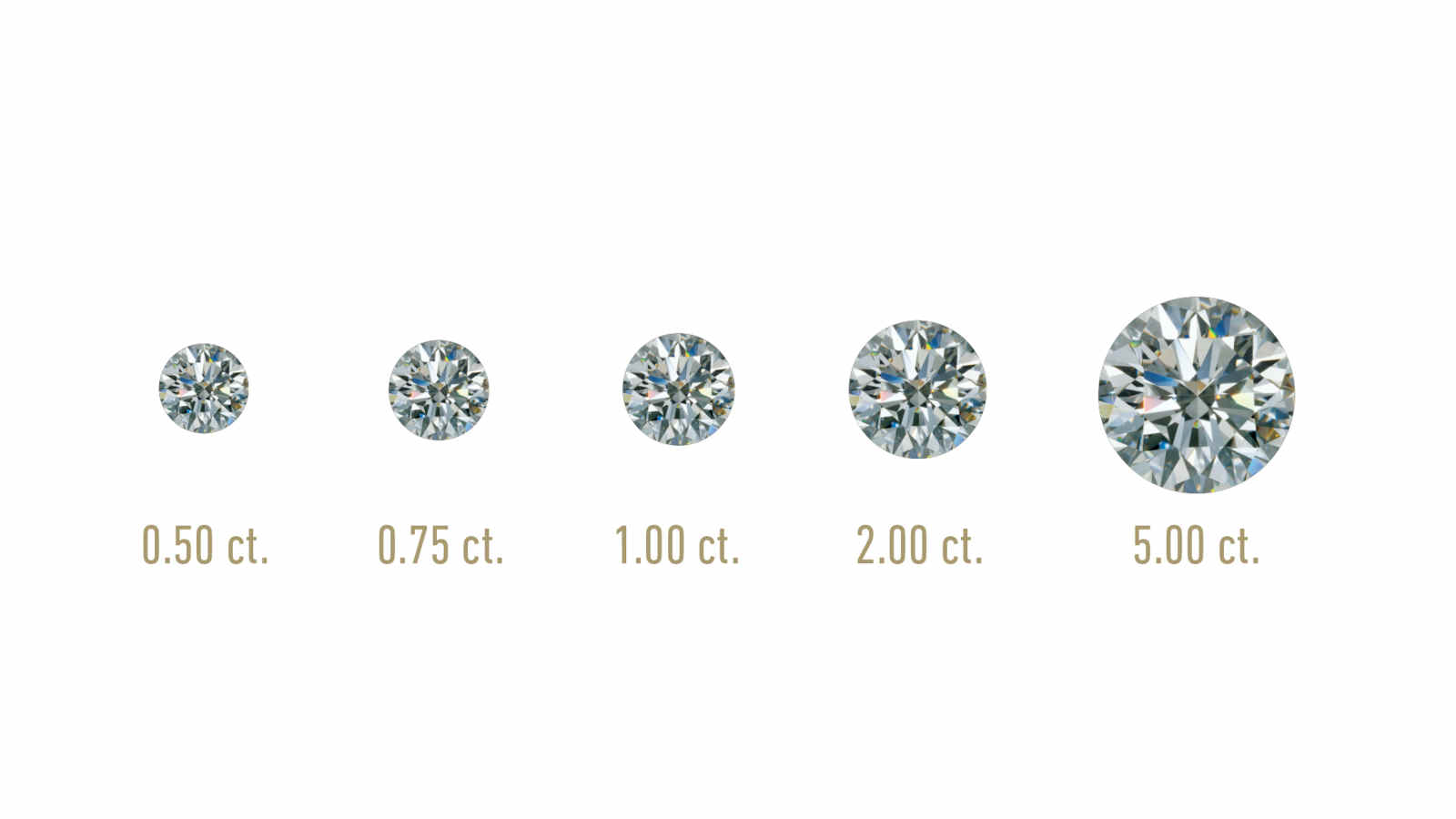
4. Carat weight
Carat weight is a measurement that determines how heavy the stone is. A carat is an equivalent of 200 milligrams, with each carat divided into 100 points. Larger carats of diamonds are generally expensive; however, the other Cs play a major role in the value.

Deciding on the style and budget
From this discussion so far, you can see that determining diamond quality takes lots of research. It can be overwhelming to shop for a diamond, especially if you are starting your education. This underscores the value of setting a budget and deciding on a style to help with quick decision-making.
Having a budget helps you narrow your search, thus helping you find a stone within that range. The old-age rule can help you determine your engagement ring’s value. The rule estimates that your ring should cost approximately 2-3 months’ salary, though some will consider this excessive.
If you want to shop with your partner, you could decide on the budget together to avoid awkwardness at the jewelry store. Style is also up to you. You could choose stylistic statements, sizes, and shapes that suit your partner. Several styles include the modern style diamond cut, classic style diamond cuts, and modern style diamond settings.

Decide on the shape
The shape of the diamond is key when buying an engagement ring. Her friends will first see the shape before decerning the type of stone on the ring. Personal preference dictates the shape you are likely to choose. Notable shapes include heart-shaped, oval, round, emerald, marquise, pear, radiant, and cushion-shaped rings.
If the appearance size matter to your partner, choose larger shapes like the emerald or marquise cut diamonds. You can choose your setting style if you have a shape in mind. As you choose your shape, ensure that the diamond is well fitted in the setting to prevent it from chipping.
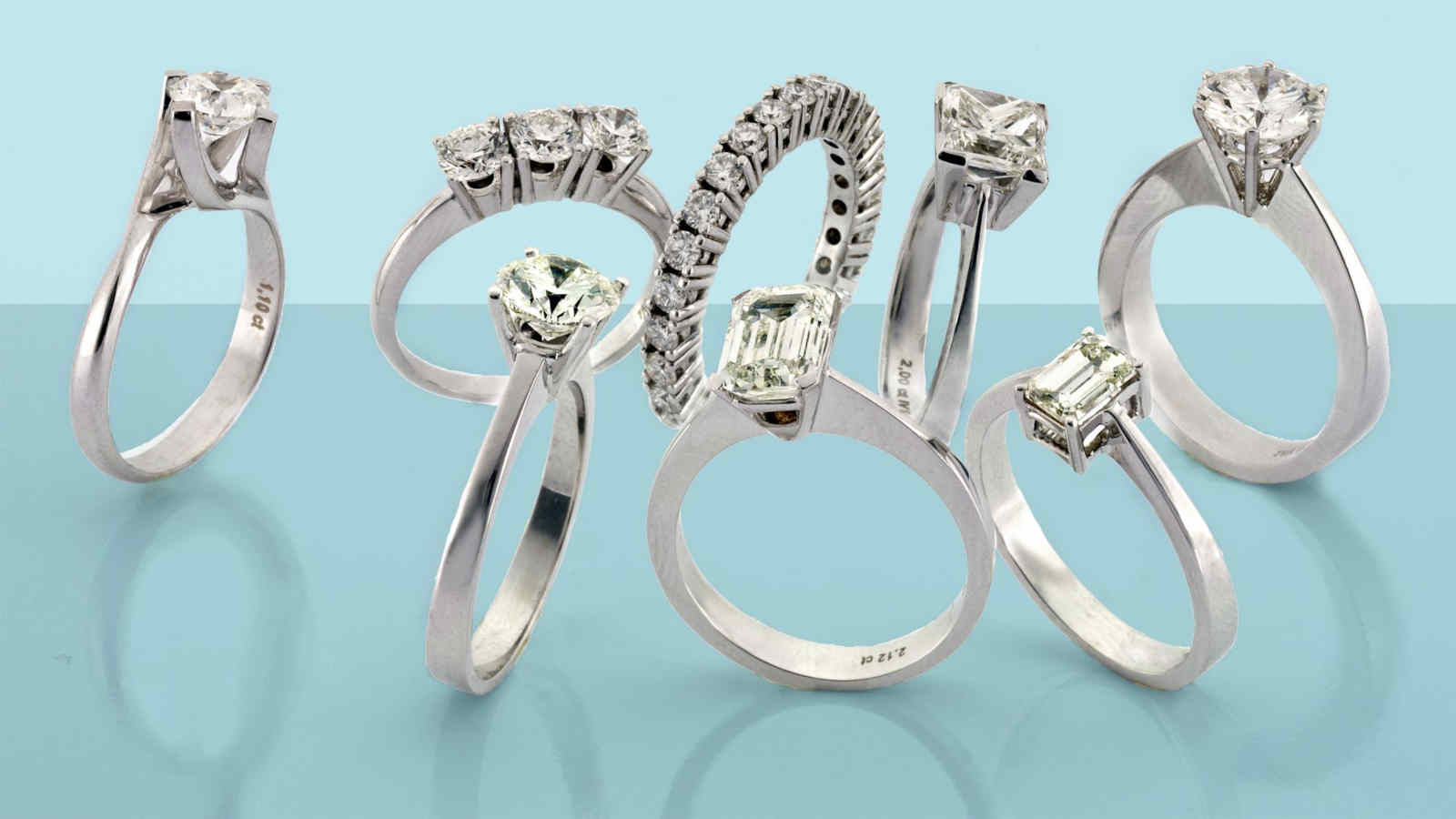
Select the setting
Like its name, “setting” refers to how jewelers fix the gem (stone) to the ring’s bezel. Jewelers use various setting types to fit your diamond on the ring correctly. The popular setting type is the prong setting, where the jeweler places the diamond in its metal cup held in position by a basket called prongs.
Besides the shape of the diamond, the stone setting is another characteristic that affects the ring’s overall appearance. Proper settings can enhance your diamond’s potential and brilliance, but settings can negatively affect your ring’s appearance if not done well.
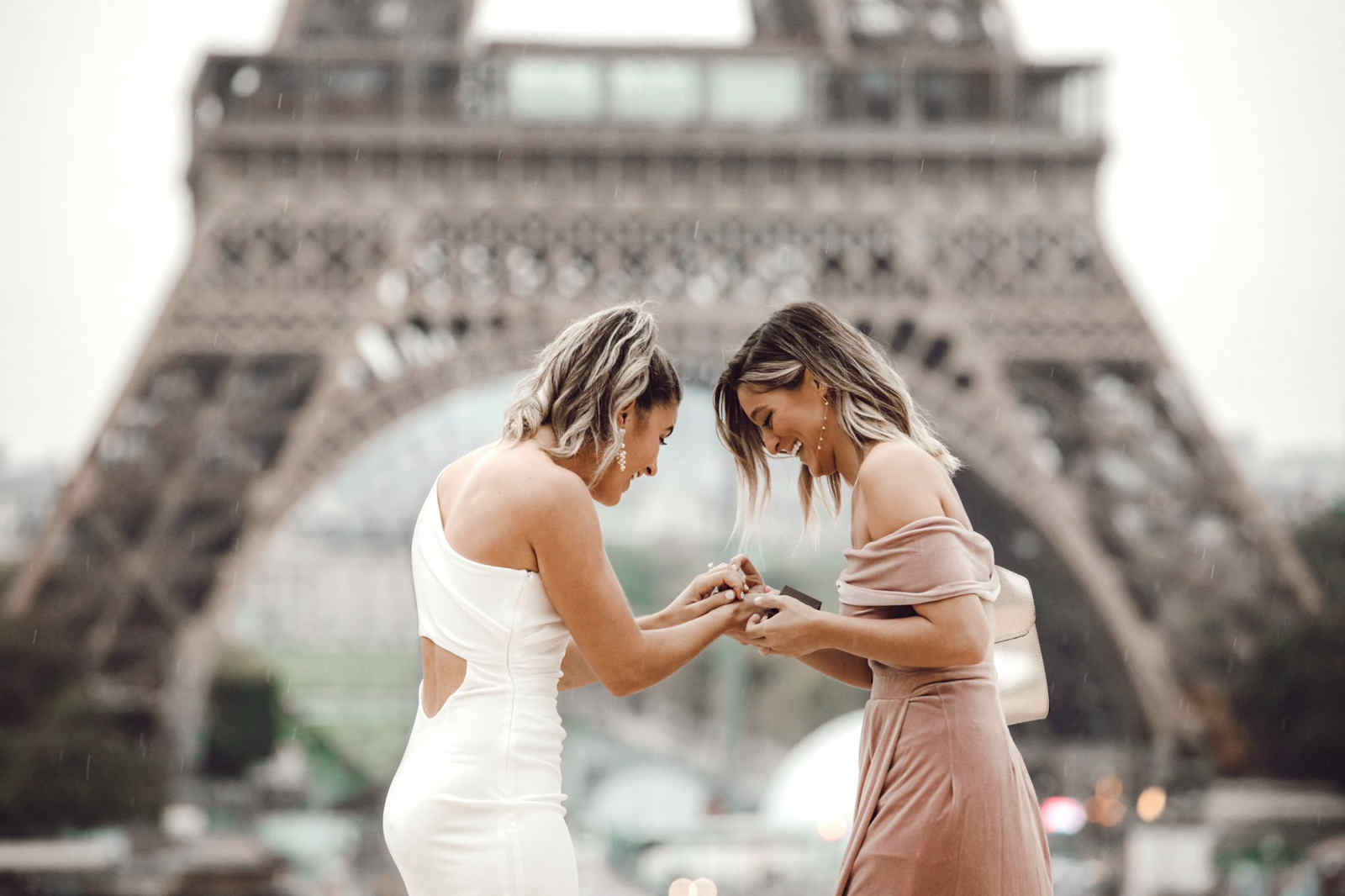
Conclusion
Choosing the right engagement/wedding ring can be tasking, but with the right information, the process is exciting. You can do your research, set a budget, determine the color and size and make the final purchase.
Remember that diamond rings can be expensive and may necessitate insuring. All the best in searching for the perfect ring before popping the long-awaited question. If you do your homework well, she will say yes!



